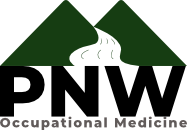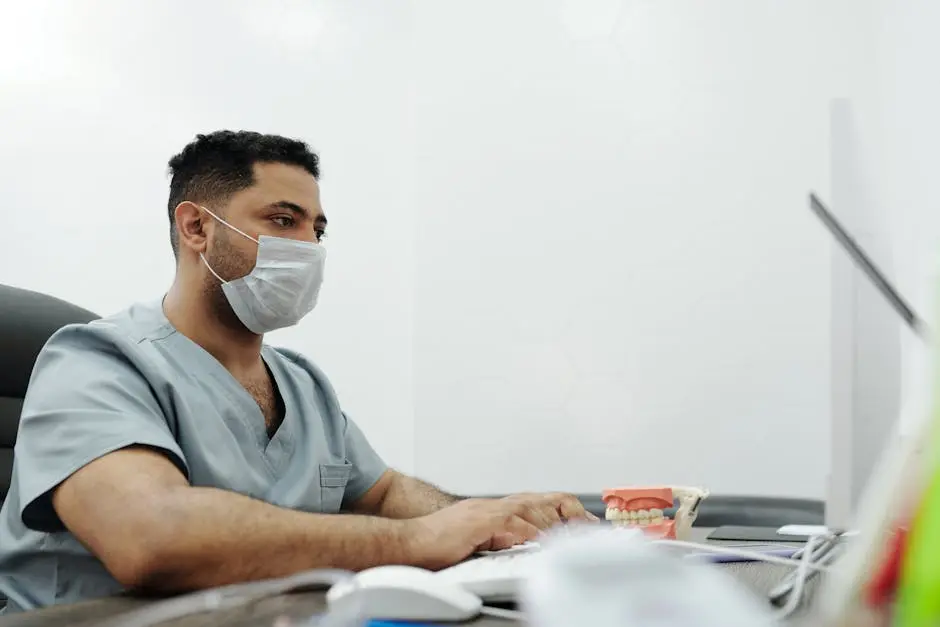Workplace injuries can range from minor cuts and bruises to more severe incidents involving broken bones or long-term health complications. Occupational medicine is a specialized field that focuses on the health and well-being of workers, making it crucial for effective workplace injury management. In this blog, we’ll explore how occupational medicine plays a vital role in preventing, managing, and rehabilitating workplace injuries.
Understanding Occupational Medicine
Occupational medicine is a field of medicine that deals with the prevention and treatment of diseases and injuries occurring at work. Specialists in this field focus on understanding and mitigating the risks associated with various job functions. Occupational health professionals are trained to address a range of health issues that can arise from workplace environments, including those caused by physical, biological, chemical, and psychosocial hazards. These experts utilize tools such as risk assessments and health monitoring programs to identify and alleviate potential threats to employee well-being.
The scope of occupational medicine extends beyond simple injury treatment. It includes comprehensive health assessments, ongoing worker health monitoring, and the development of strategies to promote long-term well-being. By focusing on both prevention and active management, occupational medicine aims to maintain a healthier, more productive workforce. This proactive approach not only helps in mitigating immediate risks but also in understanding long-term occupational health trends that may impact an organization.
Preventative Measures in Occupational Medicine
One of the primary goals of occupational medicine is to implement preventative measures. This includes conducting risk assessments, ensuring proper ergonomics, and educating employees about safety practices. By focusing on prevention, occupational health specialists aim to reduce the incidence of workplace injuries significantly. The adoption of ergonomically sound equipment, for instance, can alleviate issues related to repetitive strain injuries, while safety training sessions can help employees understand how to avoid common workplace hazards.
Beyond the immediate benefits, preventative measures in occupational medicine have long-term advantages for businesses. By fostering a culture of safety, companies can minimize disruptions caused by injuries, and improve overall productivity. Organizations that invest in such measures often see a reduction in employee absenteeism and turnover, as workers feel valued and protected in their work environment. These efforts collectively contribute to building a robust workforce, better prepared to handle the physical demands of their respective jobs.
Employee education is a cornerstone of occupational health programs. Regular workshops and training sessions can empower workers with the knowledge to identify potential hazards and take appropriate actions to mitigate them. These educational initiatives often include topics such as proper lifting techniques, the importance of using personal protective equipment (PPE), and ways to manage stress effectively. By equipping employees with these skills, organizations not only improve safety but also enhance the overall workplace environment.
Immediate Response to Workplace Injuries
When injuries occur, prompt and effective response is crucial. Occupational medicine provides protocols for immediate care, which can range from first aid to emergency medical services. Swift actions can often reduce the severity of injuries and prevent complications. For example, knowing how to properly address a sprained ankle or a minor cut can prevent the condition from worsening, thereby reducing downtime and aiding faster recovery. Immediate care also ensures that employees feel supported and reassured, which can positively impact their morale and trust in the company.
An essential component of workplace injury management is having well-stocked first aid kits and ensuring that some employees are trained in basic first aid. This preparedness can make a significant difference in the minute’s post-injury. Moreover, companies should establish clear emergency protocols to ensure that injured workers receive timely medical intervention. These protocols should outline the steps to take in various scenarios, from minor injuries to more serious incidents, ensuring a coordinated and effective response.
In addition to immediate response, documentation of the incident is vital. Keeping detailed records, including incident descriptions, witness accounts, and medical information, helps in understanding the cause and preventing future occurrences. This data can be analyzed to improve safety measures and protocols, creating a safer working environment. Employers are legally required to follow reporting deadlines and procedures, which helps in maintaining transparency and accountability in workplace injury management.
Rehabilitation and Return-to-Work Programs
After the initial treatment, rehabilitation becomes important to ensure complete recovery. Occupational medicine specialists develop personalized rehabilitation plans that may include physical therapy, counseling, and gradual reintroduction to work activities. This ensures that employees return to work safely and are less likely to suffer from recurring injuries. For instance, specialized physical therapy can help an employee recover from an injury by strengthening the affected area, thereby preventing future mishaps related to that injury.
Transitioning back to work after an injury can be challenging for employees. This is where return-to-work programs play a crucial role. These programs are designed to support injured workers in their recovery journey and facilitate their seamless reintegration into the workplace. Customized return-to-work plans may involve modified duties, flexible hours, or workplace accommodations, ensuring that employees can resume their tasks without risking further injury. Such measures not only aid in physical recovery but also boost employees’ confidence and job satisfaction.
Maintaining an ongoing dialogue with the injured worker through their recovery process is essential. Providing updates, addressing their questions, and demonstrating a commitment to their well-being fosters a positive recovery environment. Employers can collaborate with healthcare providers to monitor progress and make necessary adjustments to the rehabilitation and return-to-work plans. This comprehensive approach ensures that employees receive the care they need and reinforces the company’s dedication to their health and safety.
Collaborating with Employers and Employees
Effective workplace injury management requires collaboration between occupational health specialists, employers, and employees. Regular communication and a shared commitment to health and safety help create a supportive environment where the risk of injuries is minimized. For example, regular safety meetings can facilitate open discussions about potential hazards, allowing employees to voice their concerns and suggestions for improving workplace safety. This collaborative approach fosters a culture of mutual respect and shared responsibility.
Employers have a key role in supporting occupational medicine initiatives. By prioritizing workplace safety and investing in occupational health programs, they can create a safer and more productive work environment. Employers can also encourage employee participation in safety programs and provide incentives for adhering to safety protocols. This proactive involvement signals a strong commitment to employee well-being, which can enhance workforce morale and loyalty.
On the other hand, employees play a crucial part by actively engaging in safety training and adhering to established protocols. Their on-the-ground experience provides valuable insights into potential risks and areas for improvement. By fostering a collaborative environment, companies can leverage these insights to continuously refine their safety measures and reduce the likelihood of workplace injuries. This partnership between employers and employees is fundamental to the success of occupational medicine initiatives.
The Benefits of Occupational Medicine for Businesses
Investing in occupational medicine can bring numerous benefits to businesses. These include reduced absenteeism, increased productivity, and lower healthcare costs. A robust occupational health program can enhance employee morale and loyalty, contributing to the overall success of the organization. For instance, by addressing minor on-the-job injuries promptly and efficiently, companies can prevent them from escalating into more serious issues, thus maintaining operational continuity.
Additionally, occupational medicine can provide valuable support in navigating complex regulatory environments. For example, complying with Labor and Industries (L&I) injury and claims management requirements can be daunting for businesses. Occupational health specialists can streamline this process, ensuring accurate documentation and timely submission of claims. This not only minimizes administrative burdens but also ensures that employees receive the care they need promptly, thereby enhancing overall workplace efficiency.
The financial implications of workplace injuries can be significant. By implementing comprehensive occupational health programs, businesses can reduce the costs associated with workers’ compensation claims, medical expenses, and lost productivity. These savings can be reinvested in further enhancing workplace safety and employee well-being, creating a positive feedback loop that benefits the entire organization. Ultimately, a strong focus on occupational medicine can lead to a healthier, more resilient workforce and a more prosperous business.
The Importance of Occupational Medicine in the Workplace
Occupational medicine is an indispensable resource in managing workplace injuries. By focusing on prevention, timely intervention, and comprehensive care, it ensures that employees can return to their duties safely and effectively. Implementing proper occupational medicine practices benefits both the employees and the organization, fostering a healthier and more productive work environment.


